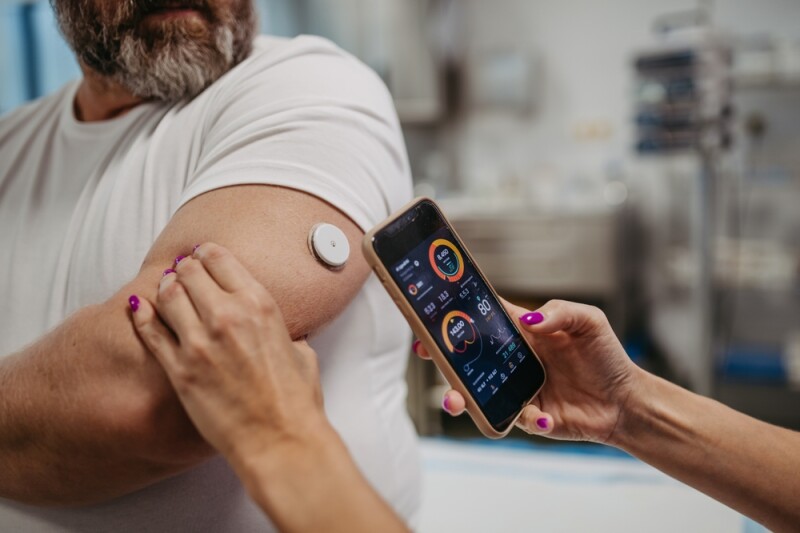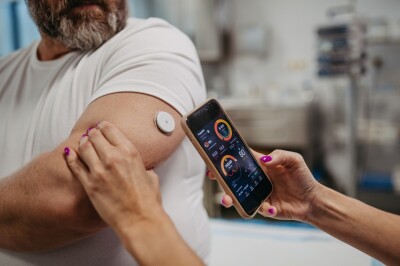Brain stimulation may improve depression symptoms
Electrical stimulation on the scalp may improve depression symptoms, according to a new clinical study by researchers at the University of North Carolina School of Medicine in Chapel Hill, published in the journal Translational Psychiatry.
With a weak alternating electrical current sent through electrodes attached to the scalp, researchers successfully targeted a naturally occurring electrical pattern in a specific part of the brain and markedly improved depression symptoms in about 70 percent of study participants.
The research, according to an announcement by the university, lays the groundwork for larger research studies to use a specific kind of electrical brain stimulation called transcranial alternating current stimulation (tACS) to treat people diagnosed with major depression.
The researchers recruited 32 people diagnosed with depression and surveyed each participant before the study, according to the Montgomery-Åsberg Depression Rating Scale (MADRS), a standard measure of depression.
The participants were then separated into three groups. One group received the sham placebo stimulation, a brief electrical stimulus to mimic the sensation at the beginning of a tACS session. A control group received a 40-Hertz tACS intervention, well outside the range that the researchers thought would affect alpha oscillations. A third group received the treatment intervention, a 10-Hertz tACS electrical current that targeted each individual's naturally occurring alpha waves.
Each person underwent the invention for 40 minutes on five consecutive days. Each participant took the MADRS immediately following the five-day regimen, at two weeks, and again at four weeks, according to the study abstract.
The research was led by Flavio Frohlich, PhD, associate professor of psychiatry and director of the Carolina Center for Neurostimulation, who joined the university in 2011, and is a leading pioneer in this field, who also published the first clinical trials of tACS in schizophrenia and chronic pain. The tACS approach is unlike the more common brain stimulation technique called transcranial direct stimulation (tDCS), which sends a steady stream of weak electricity through electrodes attached to various parts of the brain. That approach has had mixed results in treating various conditions, including depression.
The tACS approach is newer and has not been investigated as thoroughly as tDCS. The tACS approach focuses on each individual's specific alpha oscillations, which appear as waves between 8 and 12 Hertz on an electroencephalogram (EEG). The waves in this range rise in predominance when we close our eyes and daydream, meditate, or conjure ideas, according to the study.
Previous research showed that people with depression featured imbalanced alpha oscillations, meaning the waves were overactive in the left frontal cortex. Frohlich said he thought his team could target these oscillations to bring them back in synch with the alpha oscillations in the right frontal cortex, and therefore decrease depressive symptoms.
Frohlich's team found that participants in the 10-Hertz tACS group had a decrease in alpha oscillations in the left frontal cortex. They were brought back in synch with the right side of the frontal cortex, he said. The researchers did not find a statistically significant decrease in depression symptoms in the 10-Hertz tACS group, as opposed to the sham or control groups at four weeks.
Looking at data from two weeks after treatment, researchers found that 70 percent of people in the treatment group reported at least a 50 percent reduction of depression symptoms, according to their MADRS scores. This response rate was significantly higher than the one for the two other control groups.
A few of the participants had such dramatic decreases that Frohlich's team is currently writing case studies on them, according to the university statement. Participants in the placebo and control groups experienced no such reduction in symptoms.
"When we started this research with computer simulations and preclinical studies, it was unclear if we would see an effect in people days after tACS treatmen, let alone if tACS could become a treatment for psychiatric illnesses,” said Frohlich. “It was unclear what would happen if we treated people several days in a row or what effect we might see weeks later. So, the fact that we've seen such positive results from this study gives me confidence our approach could help many people with depression."




















SHARE